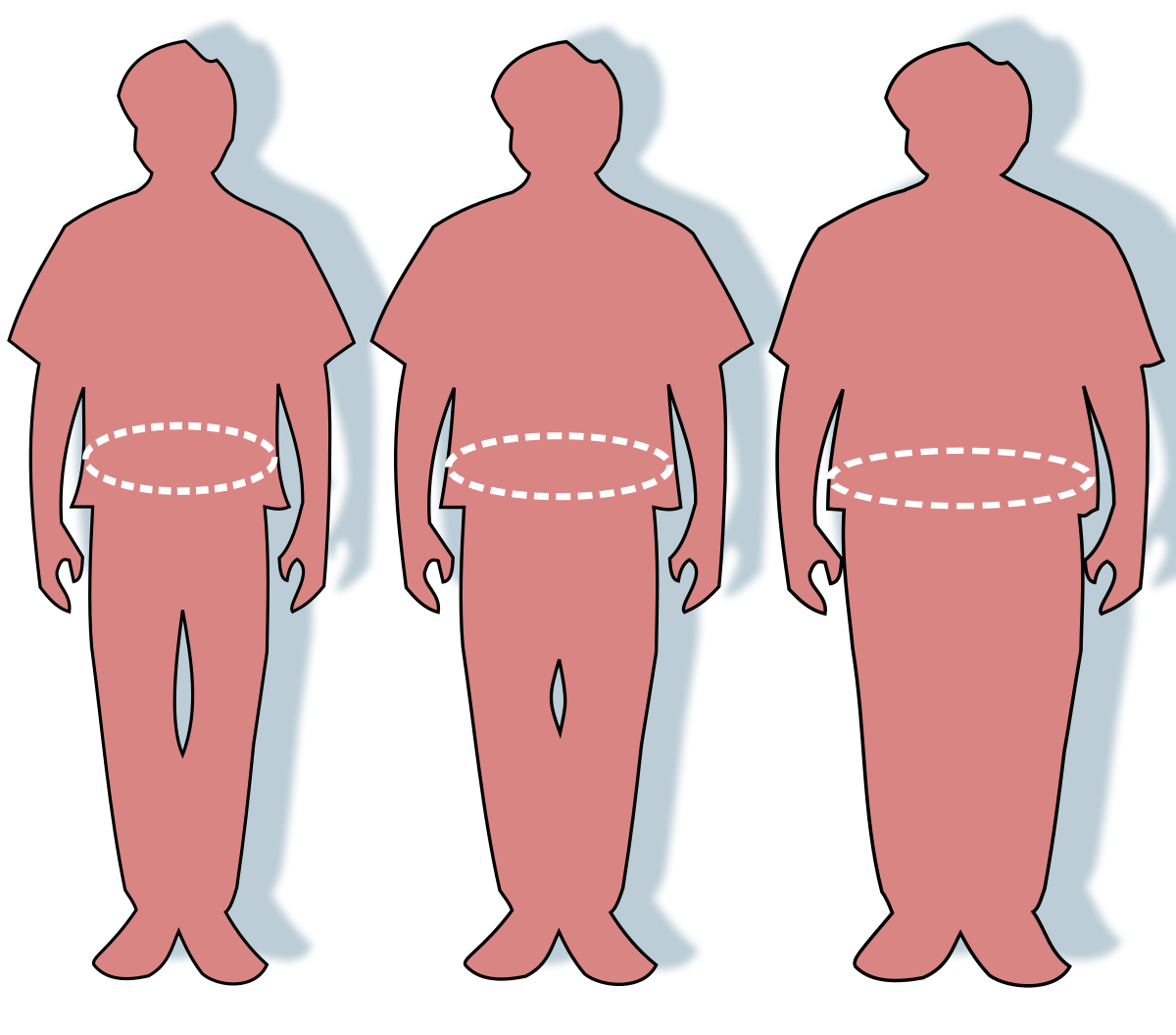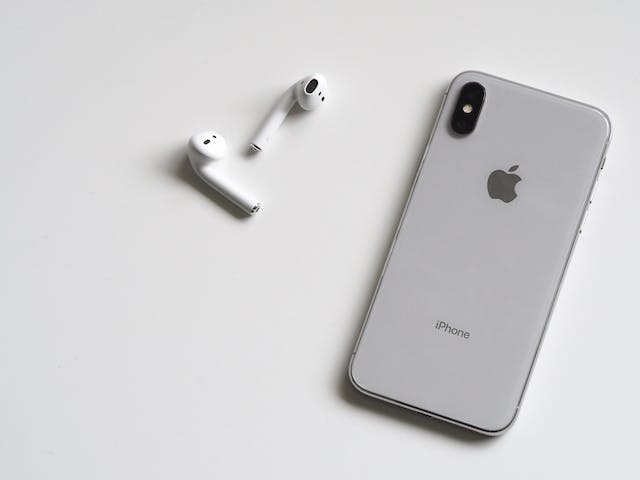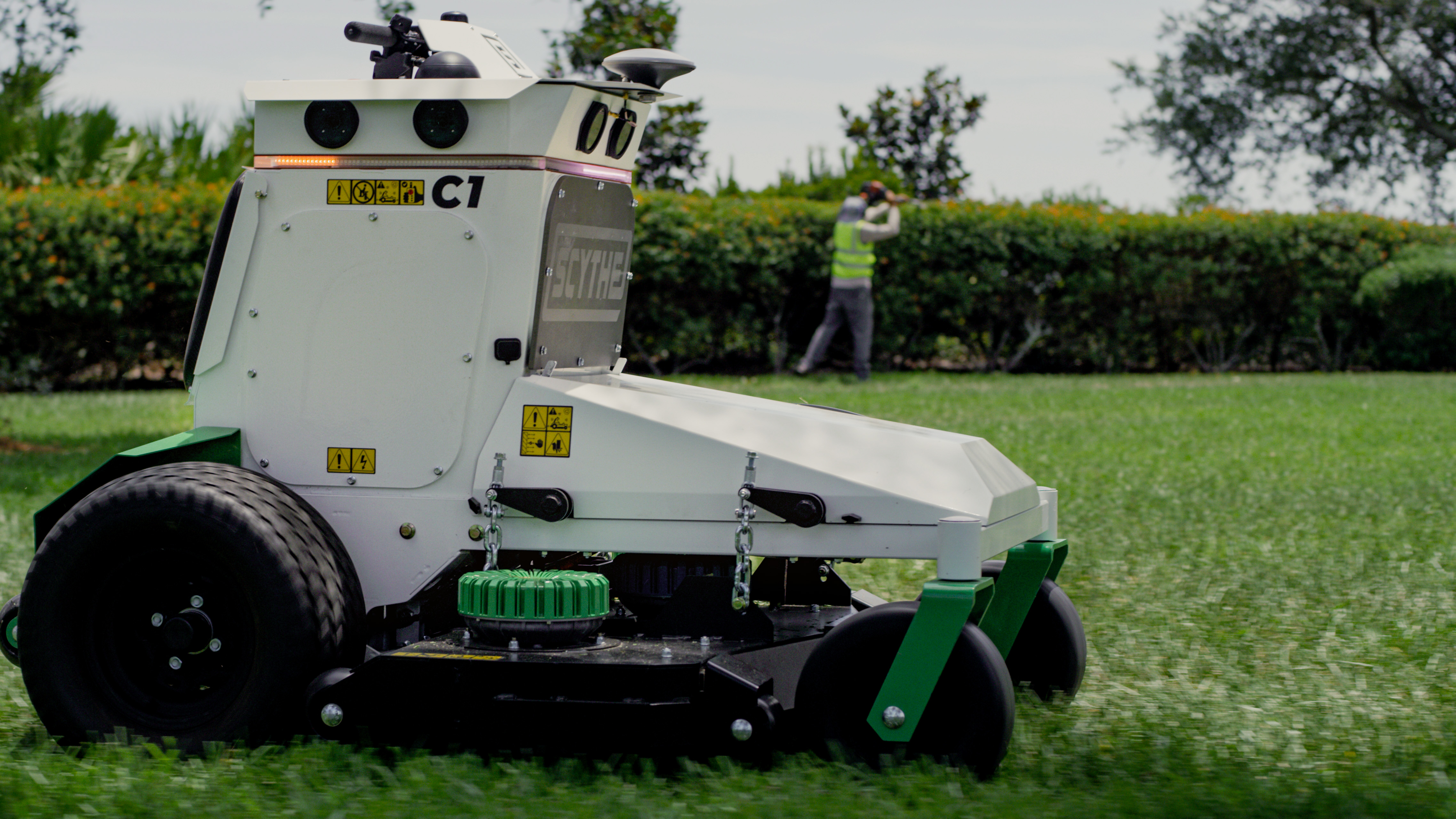The wearable tech market has experienced a massive boost in recent years. Evidence of this was on display at the 2016 Consumer Electronics Show in Las Vegas, where technology giants and start-ups had goodies to show off like smart watches, web-connected headbands, and digitally infused garments and accessories with digital smarts.
Wearable tech is even slithering into the crevices of the fashion world. There is reportedly a smock dress which lets the user scroll through their messages. It utilizes special ink and sensors to modify and display colors based on the weather conditions. FashionWare even displayed several garments in addition to that. Although they were concept designs, rather than actual runway designs, they can prove to be emblematic of any future collaboration between fashion and technology.
The advancements in smart tech have forced other fields to integrate the technology, but the question remains whether designers will be able to convince people to wear tech-infused clothes without them looking like weird Star Trek characters.
Robin Raskin, CEO of Living in Digital Times, who was one of the frontrunners participating in the CES 2016 fashion show, said that they have advanced from the spandex stage and are thinking of investing in futuristic, durable, and resilient fabric and materials that can be embedded with mood sensors, smart lights, LED lights, and screens, to name a few.
In the past, wearable tech was not the accessory of choice when people wanted to make a fashion statement with a gadget. Smartphones held that place for quite some time and are being replaced by smart garments like shirts, shoes, and fitness bands that inject a dose of cool and fit into the tech conscious personality of the wearer.
Silicon Valley giants like Google and Apple are making a splash with their smart watches and have collaborations with elite watch manufacturing and designing companies like Tag Heuer and Fossil. Apple has also partnered with the luxury bag designer Hermes to design the band for its smartwatches. Meanwhile, chipmaker Intel has teamed up with fashion label Chromat to launch the next generation smart bras and dresses.
Every fashion accessory and garment launched at CES 2016 had embedded advanced technology to provide the user with accessibility and connectivity, which was previously possible only with smart devices such as tablets and smartphones.
However, the main objective of most of these collaborations and innovations is to make wearable tech so stylish and eye-catching that companies won’t have to convince their users to buy the product. The goal of these companies is to make their gadgets sell themselves by offering aesthetic appeal with the creation of niche marketing strategies for each category of smart wearables.






